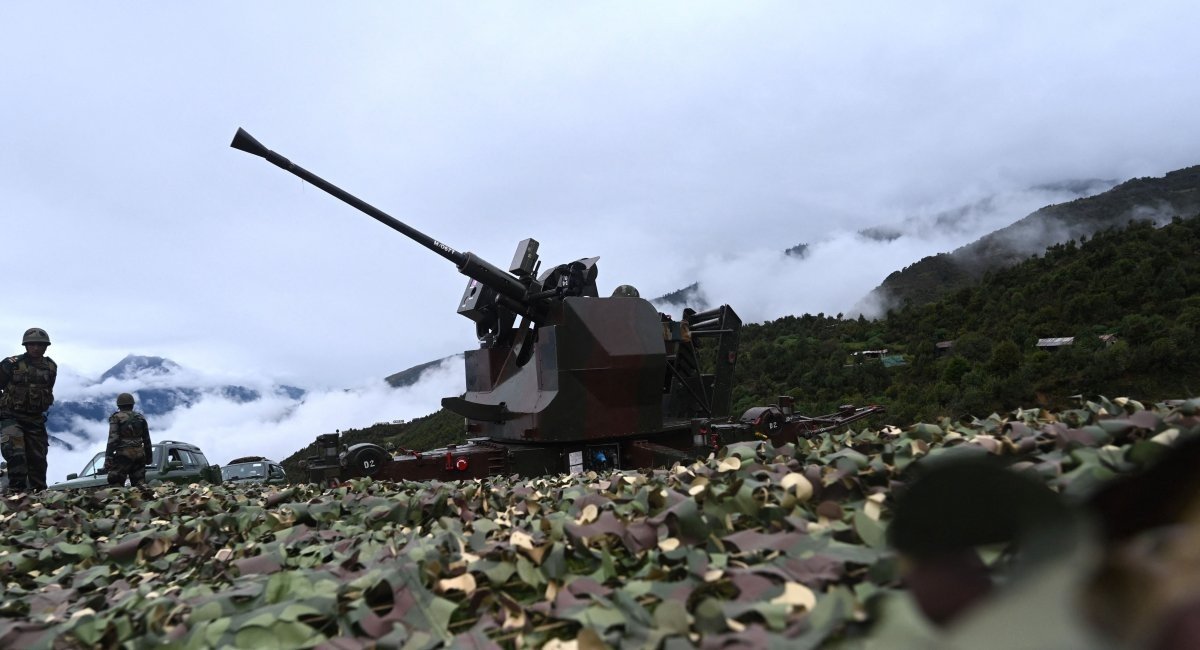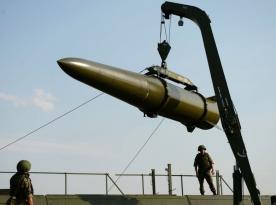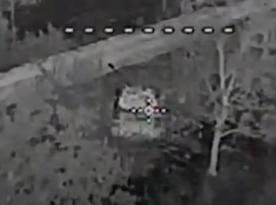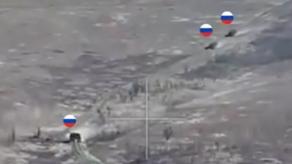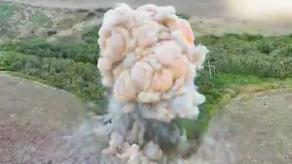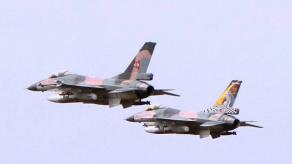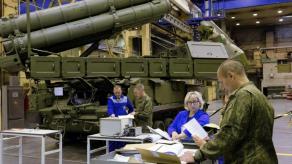Despite having not a big army of its own and limited weapons, Lithuania keeps providing significant support to Ukraine in its fight against the invading russian forces. If we consider the ratio, Lithuania is one of Ukraine's leading arms suppliers, it has handed 41% of its defense budget in equivalent over to the Armed Forces of Ukraine.
Today, on February 11th, Lithuania's Minister of National Defense Arvydas Anušauskas announced that the first batch of L70 anti-aircraft guns arrived in Ukraine. As a reminder, this weapon was pledged by Lithuanian President Gitanas Nausėda during his meeting with his Polish and Ukrainian counterparts in Lviv a month ago.
Read more: Several Dozens of Gepard SPGs Keep Staying in European Storage Instead of Going to Ukraine
The Bofors 40 mm L/70 is a renowned and quite widespread air defense system, developed by the Swedish company back in the 1940s. Despite its age, this artillery system not only remains in service, but it is also one of the most popular ones on the market and competes with the Swiss Oerlikon GDF.
Furthermore, it is the Bofors 40 mm L/70 that is used on Swedish CV90 fighting vehicles, the ones that Ukraine expects to receive in the near future, while Norway is still considering whether to supply them or not.
The L/70 is also the primary weapon on many ground- and sea-based air defense systems, several dozen countries operate this gun, some even produced a licensed version of it domestically.

The effectiveness of the L70 is explained by a successful combination of the 40×365mm R cartridge with a high penetration power with an emphasis on accuracy instead of high rates of fire during the development. Thus the fire rate of L70 is 240-330 rounds per minute, whereas the twin-barreled 35mm Oerlikon GDF gives a combined output of 1100 rpm.
We should as well take note of the fact that after all these years, the L70 did not remain the same weapon as during the Second World War. Since the 1970-80s, the weapon started integrating into modern air defense systems that use a radar for target detection, and then a fire control system guides every individual gun automatically. This way all that is for the L70 crew left to do is keep reloading it.
As soon as electro-optical aiming stations with thermal imaging channels and laser rangefinders started to appear, L70 became equipped with these as well. For example, this technical decision was implemented by Spain, Thailand and India.
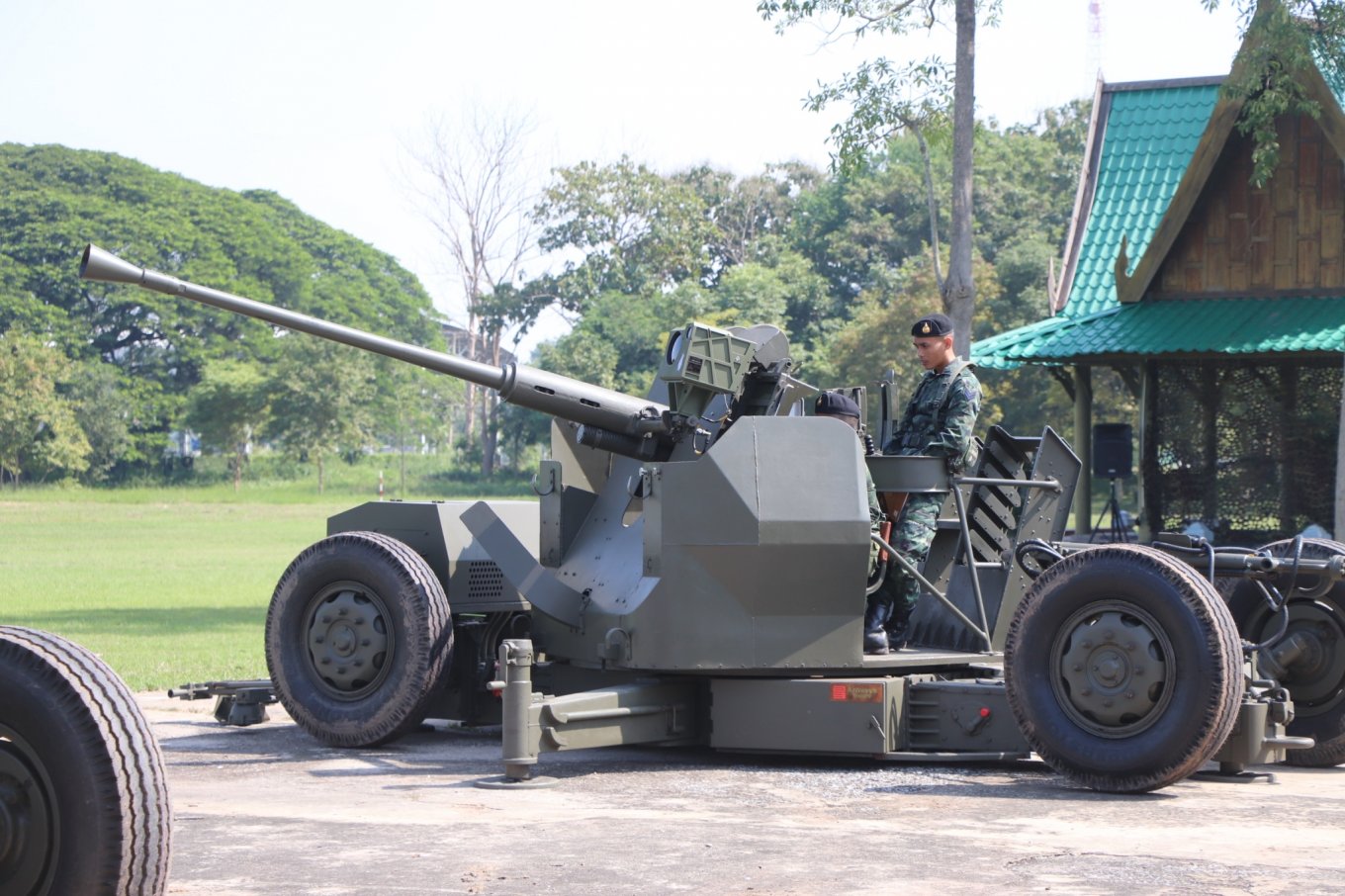
The provision of L70 by Lithuania is quite an effective response to the threat posed by kamikaze UAVs used by the russian forces to launch strikes on Ukraine's critical infrastructure. The L70 as a solution is as cheap as possible, has no issue with ammunition availability and most certainly can take a relatively slow Shahed-type drone flying at low altitudes with one or two volleys. The effective range of fire of this gun is 3-4 km.
For the destruction of air targets, the gun traditionally uses PFHE Mk2 high-explosive fragmentation rounds with a proximity fuze. Although the PFPP with a programmed detonation would be the most effective in this case, an L70 version able to fire with this type of ammunition is a rare one.
Read more: American "Drone Killers" Vampire Systems Turned Out to Be Further from Ukraine Than Expected




